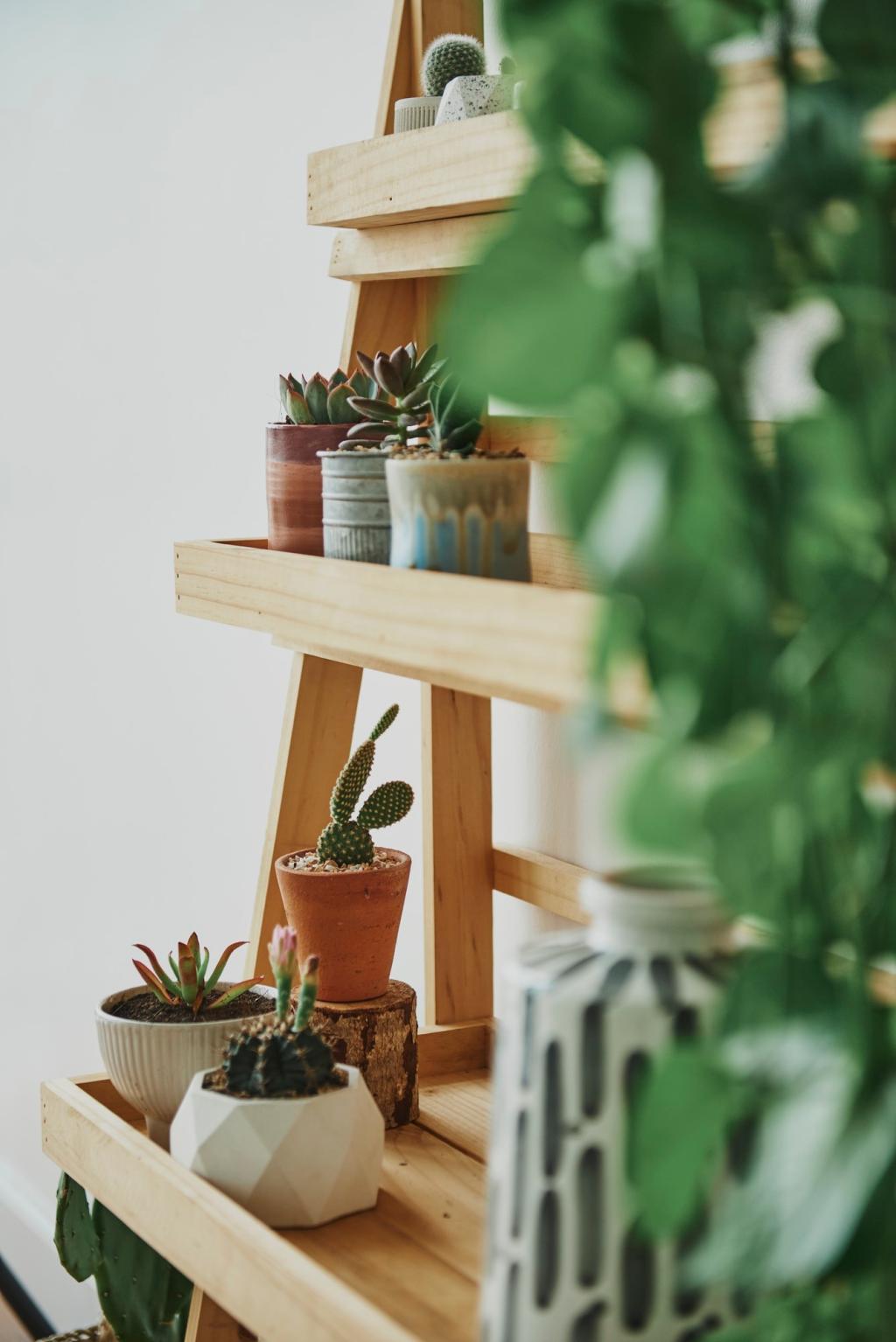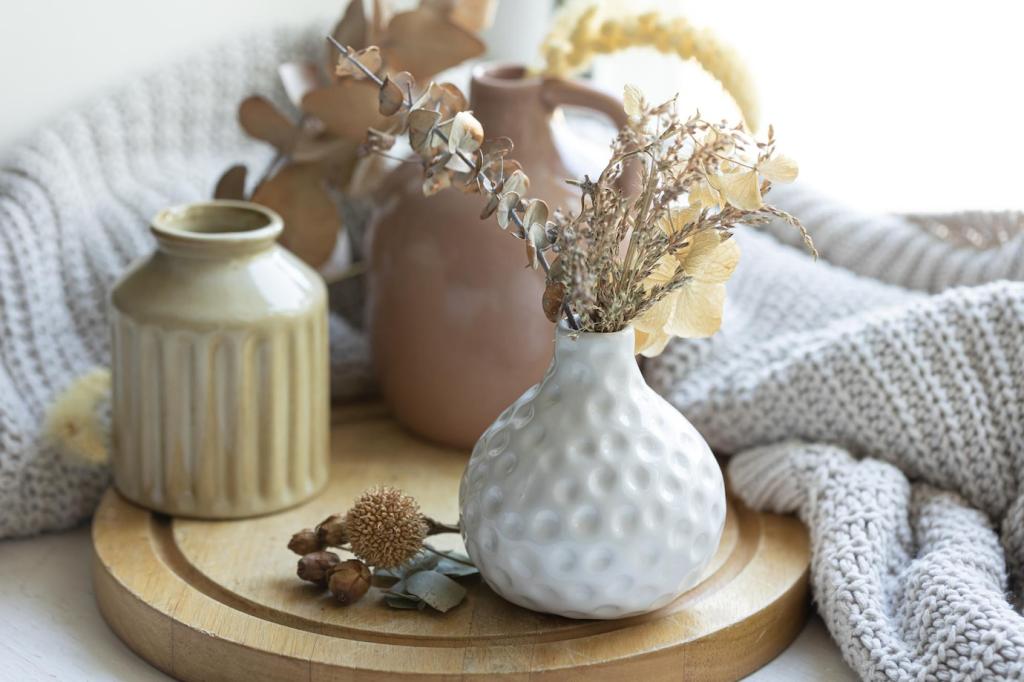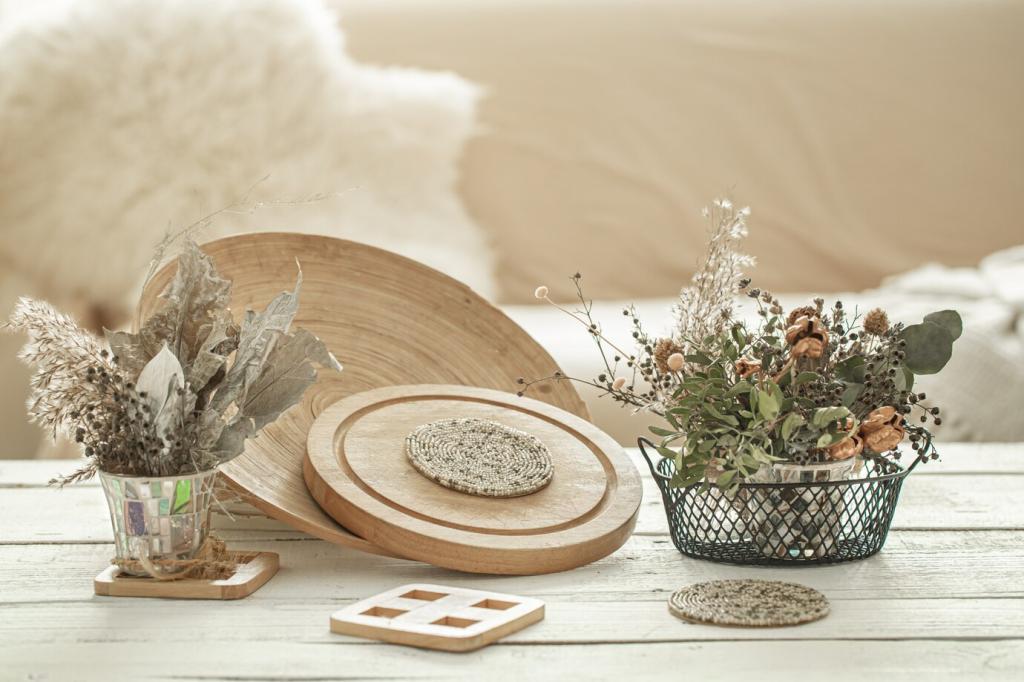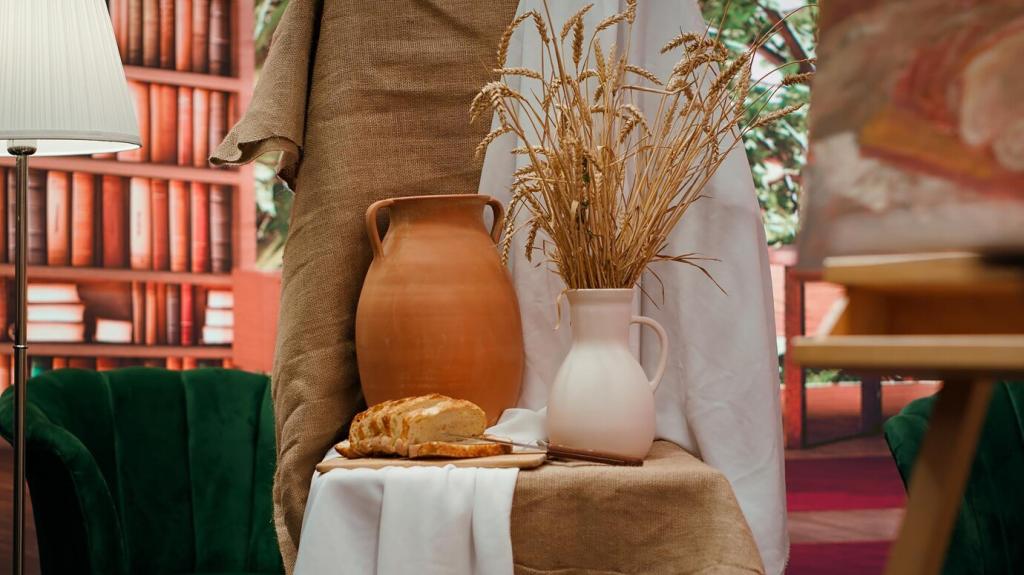Choose Tools and Materials That Respect the Planet
A high-quality roller sleeve holds paint evenly, reducing splatter and number of passes. Opt for durable synthetic-bristle brushes for water-based eco paints, and use a sturdy, washable tray liner. Treat tools well and they’ll serve through multiple projects, cutting both waste and budget.
Choose Tools and Materials That Respect the Planet
Some eco-friendly paints need breathable, compatible primers. Seek low- or zero-VOC primers designed for your chosen finish—limewash, clay, or water-based acrylic. A compatible primer stabilizes surfaces, hides stains, and ensures color accuracy, preventing uneven absorption and premature peeling.





